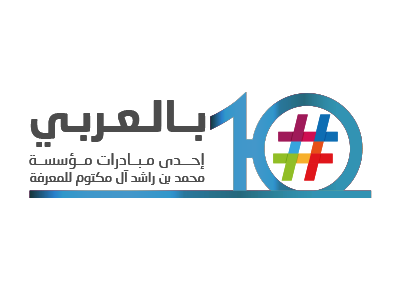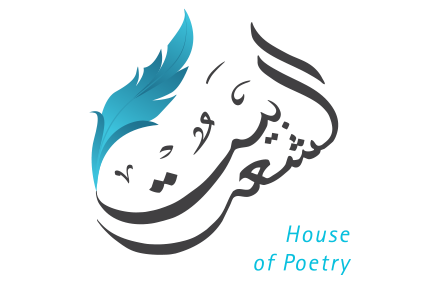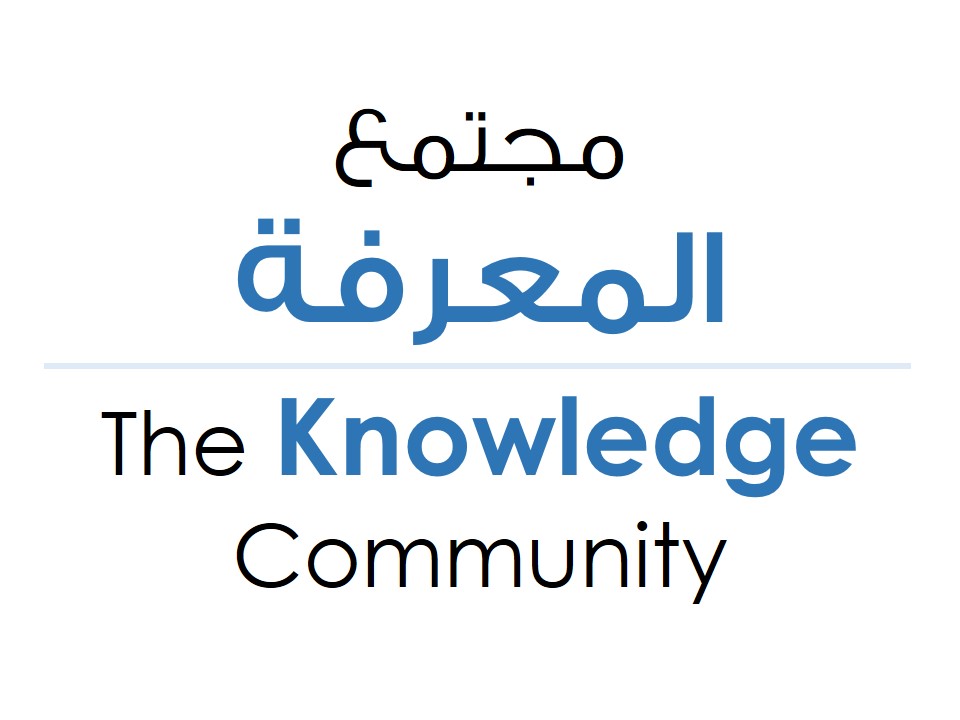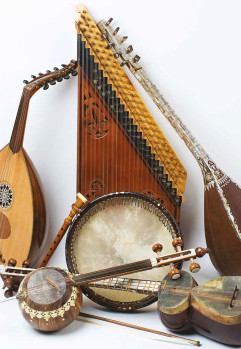The Future of Arab Music in the Digital Age
The evolution of technology has changed the way we listen to music and interact with songs. The various platforms for listening to music on the internet is a boost for musicians and listeners because with the internet production, distribution and consumption of music has changed, placing the power in the hands of musicians and fans. This is a positive shift from the costly old age chain of music production and marketing which gave production companies a lot of control over the music than the artist.
Since the 1930s, Arab music has greatly evolved until the emergence of popular music which i s one of the variables of the digital age. Despite the great benefits of the digital revolution, the damage is enormous as well. It is, for instance, very easy to pirate the musical work with the spread of modern technology, which exposes the musicians’ copyrights to loss. This is one of the biggest challenges that threaten the music industry.
Independent music
Maan Abu Talib, founder of the Arabic-language electronic magazine Ma3azef, said “During the past ten years, the Arab world has witnessed the rise of several independent and alternative music genres, from Muhrahanat, to Shami, Egyptian and Maghreb pop, electronic music and others.”
Abu Talib believes that the emergence of hundreds of talents in the different creative fields of composition, singing, production, and design has no parallel rise in the industry. This is in terms of weakness of the promotion, reservation and organization of concerts, sales, copyrights, legal aspects, which still impedes the development of the industry and makes it difficult for a large number of artists to achieve stable profits that ensure their devotion to their work.
He contends that the use of modern electronic platforms to broadcast songs provides part of the solution to an independent audience, but the huge recording companies in the Arab world have controlled most of the profits, as they have the powers to follow up on the legal registration of their artists and collect contracts with high profit rates.
“There are alternative strategies used by independent musicians such as the reliance of Muhrajanat, the Maghreb rap, and Iraqi pop on the simple clips to increase their profits from YouTube, and the dependence of the Egyptian and Shami rap on SoundCloud to convert their fame into profits through concerts and collective financing”, he adds.
Maan Abu Talib concludes that “There are a few independent but important prominent recording companies, and alternative forms of promotion have emerged through social media or alternative promotion agencies. Slowly, the music industry has begun to find its own solutions to stabilize the artists, then competition with traditional companies.”
Traditional and modern
Egyptian musician Yasser Abdel-Rahman argues that for the music industry to grow, it is essential for artists to meet with their fans either through traditional platforms such as concerts and music albums or through modern electronic platforms from phone applications, websites, or social networking sites.
Abdel-Rahman explains that between the 1930s and the late 1970s, the Arab world was subject to a semi-unified production pattern in its classic form, composition, production, and marketing. During recent years, popular music appeared in conjunction with technological development and the Arab world became open to global and Western influences.
He stresses that life is developing dramatically today, and this transformation resulted into a thorny relationship between the present and past of Arab music. It is more intertwined because of the availability of different types of music in the hands of everyone because of the internet.
“Music cannot be in keeping with the spirit of the age, unless it is close to the digital transformations taking place in today’s world. This is due to the association of music, in terms of perception, creativity, production and encounter with modern digital media, where the digital age has more communication, interaction and sharing,” said Abdel-Rahman.
“During the past ten years, the
Arab world has witnessed the
rise of several independent and
alternative music genres, from
Muhrahanat, to Shami, Egyptian
and Maghreb pop, electronic
music and others.”
Turning the scales
Khaled Hammad, a renowned soundtrack producer for Arab cinema and TV series, believes that the digital age has changed the balance of the music industry by giving the remote control to the public with the ability to access the internet and listen to their favorite music through various online platforms. This, Hammad explains, has made the relationship between fans and artists very strong, and opened them up to various sources that transcend geographical boundaries. This makes the artist’s role to go beyond composing and singing for the audience to include an interactive relationship with their fans.
“When looking at the future, we must always return to history as Arab music has multiple historical origins. The first Arab musicians were inspired by ancient Egyptians, Assyrians, and Sumerians. Many of the instruments today are inspired by the instruments displayed on the murals and documents of those ancient civilizations. Despite the ancient origins of Middle Eastern musical instruments, its contemporary structure has been developed since the eighth century, a period in Islamic culture called the “Golden Age”, he adds.
“When looking at the future, we must always return to history as Arab music has multiple historical origins. The first Arab musicians were inspired by ancient Egyptians, Assyrians, and Sumerians. Many of the instruments today are inspired by the instruments displayed on the murals and documents of those ancient civilizations. Despite the ancient origins of Middle Eastern musical instruments, its contemporary structure has been developed since the eighth century, a period in Islamic culture called the “Golden Age”, he adds.
























